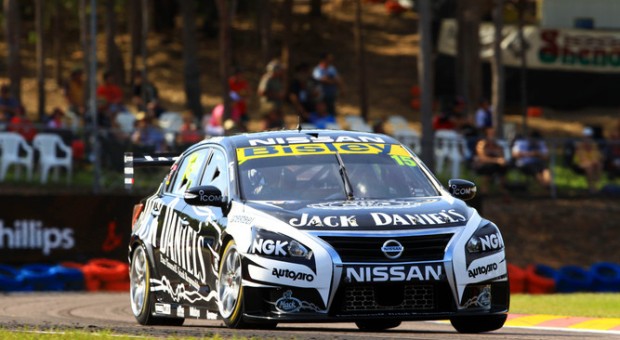
Rally racing is one of the most thrilling and exciting motorsports in the world. Professional rally cars are specially designed and modified to handle the challenging terrain and intense driving conditions of rally racing. In this article, we’ll take a look at how to modify a car into a professional rally car, step-by-step.
Step 1: Choose the Right Car
The first step in modifying a car into a professional rally car is choosing the right car. The ideal rally car is lightweight, agile, and has a strong chassis. Popular choices include the Subaru WRX, Mitsubishi Lancer Evolution, and Ford Focus RS. However, any car with a strong chassis, good handling, and a high-performance engine can be modified into a rally car.
Step 2: Upgrade the Suspension
The suspension is one of the most critical components of a rally car. It must be strong and durable enough to withstand the punishment of rough terrain and high-speed driving. Upgrading the suspension typically involves replacing the shocks, struts, springs, and sway bars with high-performance versions that can handle the rigors of rally racing.
Step 3: Install a Roll Cage
A roll cage is a safety feature that protects the driver and co-driver in the event of a crash. It’s an essential component of any rally car and is required by most rally racing organizations. A roll cage is typically made of steel tubing and is designed to keep the cabin of the car intact in the event of a rollover or impact.
Step 4: Improve the Engine Performance
Rally racing demands a high-performance engine that can deliver power and torque at low RPMs. Modifying the engine typically involves upgrading the intake, exhaust, and fuel system, as well as adding a turbocharger or supercharger to boost power output. A high-performance engine also requires proper cooling, so it’s essential to upgrade the radiator, oil cooler, and intercooler as well.
Step 5: Upgrade the Brakes
Brakes are another critical component of a rally car. They must be able to handle the high speeds and intense driving conditions of rally racing. Upgrading the brakes typically involves replacing the stock brake pads, rotors, and calipers with high-performance versions that can provide better stopping power and heat dissipation.
Step 6: Install Rally-Specific Tires
Rally-specific tires are designed to handle the unique challenges of rally racing, including loose gravel, mud, and wet pavement. These tires are typically wider and have a deeper tread than standard tires. They’re also made of a softer compound, which provides better grip on rough terrain.
Step 7: Modify the Transmission
The transmission in a rally car must be able to handle the torque and power output of a high-performance engine. Modifying the transmission typically involves upgrading the clutch, flywheel, and differential. A sequential gearbox is also a popular upgrade for rally cars because it allows for quicker shifts and better control over the power delivery.
Step 8: Add Rally-Specific Equipment
Finally, to complete the modification of a car into a professional rally car, you’ll need to add rally-specific equipment. This includes rally lights, a co-driver’s seat, a fire extinguisher, and other safety equipment required by rally racing organizations.
Conclusion
In conclusion, modifying a car into a professional rally car requires a lot of work, time, and effort. However, the end result is a high-performance machine that can handle the intense driving conditions and challenging terrain of rally racing.





